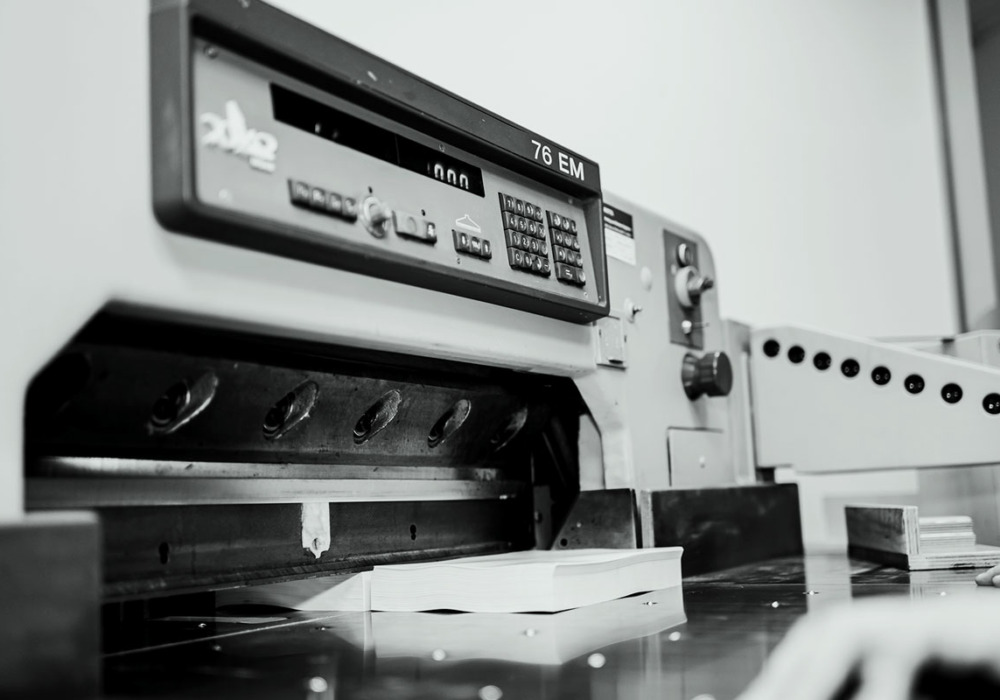There’s no denying that we live in a digitally dominated world. But when it comes to marketing and advertising, print media still occupies an important place.
Digital marketing has grown exponentially, taking up large portions of marketing budgets and attracting specialist professionals in its various sub-fields. But rather than making print media less relevant in the marketing world, this change has had the opposite effect.
With consumers being targeted across every digital channel, from social media to email – on an almost constant basis – physical print advertising now has more power to cut through the noise and create a greater impression on an audience.
Why is print marketing so effective?
One of the main reasons print media is such an effective marketing tool – alongside a digital strategy – is that the tactility of print materials naturally engages a reader. It’s far easier to scroll past an online advert, often barely registering its existence, than it is to ignore a printed flyer in the home. Even if much print media eventually finds its way to the recycling bin, it has plenty of opportunity to communicate to the reader in the meantime.
Print materials available also vary hugely and offer a unique opportunity to create a particular impression of your brand. Certain textures create sensory connections with the reader, invoking different emotions and associations. For example, heavier paper denotes formality, while velvety paperstock creates an air of sophistication and high-gloss coating can form a sense of luxury. In this way, print can become an extension of your brand, and help create a lasting impression.
Print media also creates opportunity for personalisation, whether it’s flyering by hand and engaging with consumers face-to-face, or dropping a unique, personalised offer through a person’s letterbox. By creating a more personal connection, you can help your brand remain front of mind among your audience.
Brochures remain a powerful marketing tool. Print media is easier to read than digital content, and a physical brochure can hold a reader’s attention for longer, leading to greater engagement with your brand. And while it’s easy for a consumer to navigate away from a website or PDF, a print brochure is likely to remain on a coffee table or close to hand for longer, keeping your brand within sight.
With such an exciting array of paperstock and materials available, print media means you can take your marketing in almost any direction.
Contact Springfield now for advice on how you can communicate with your customers through the power of print.
